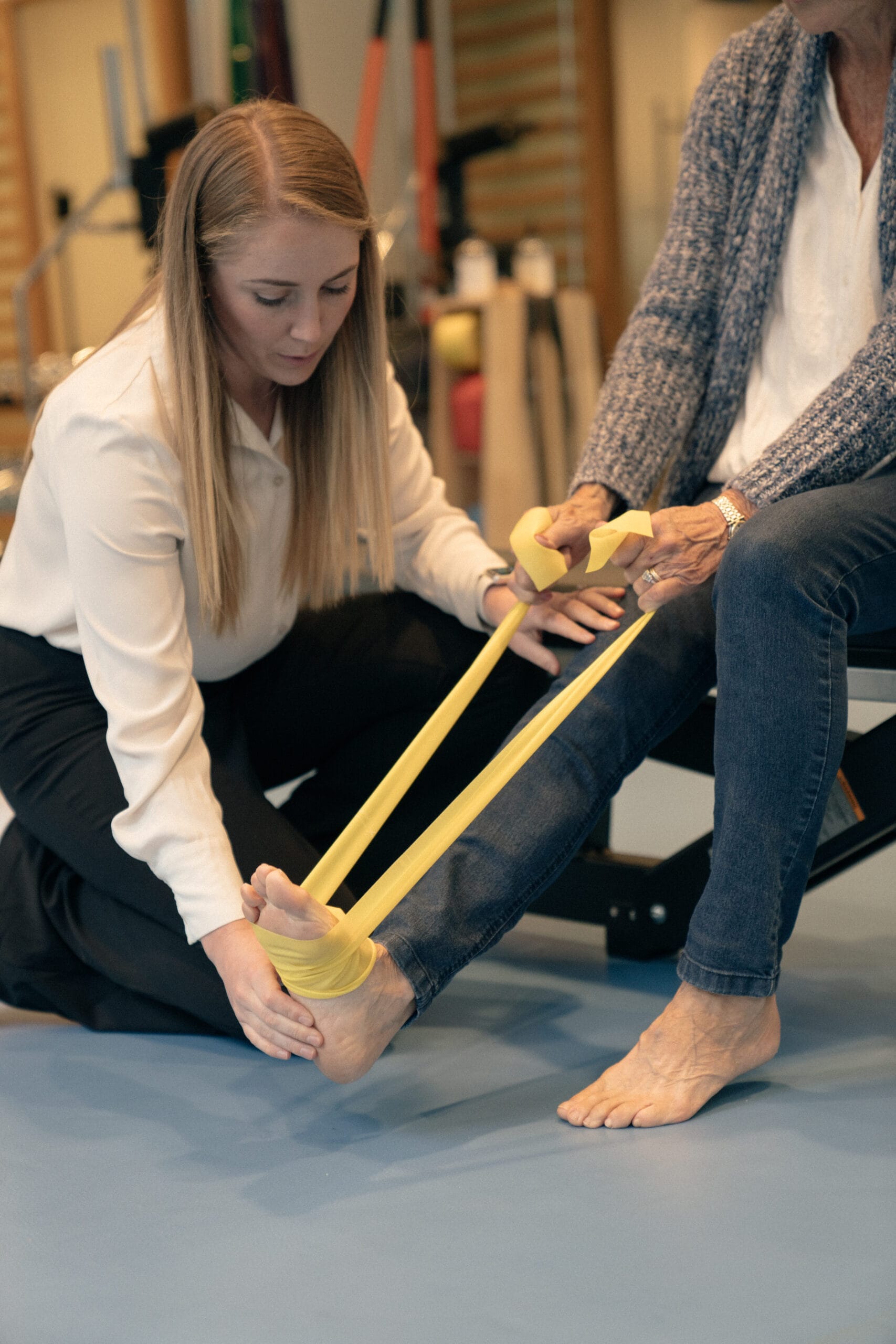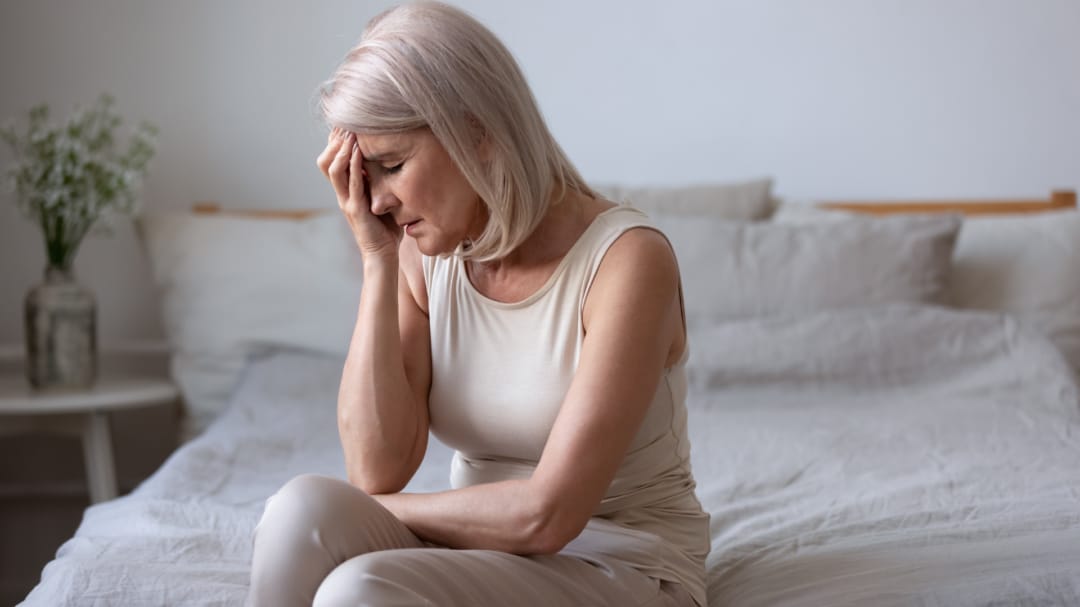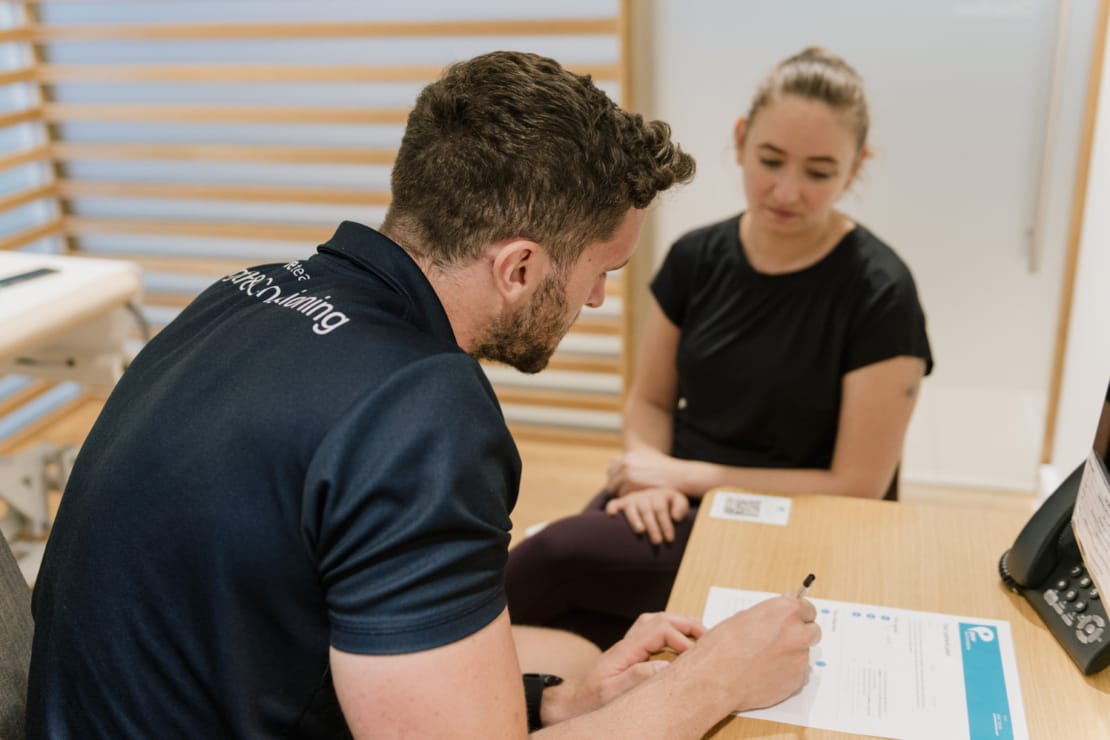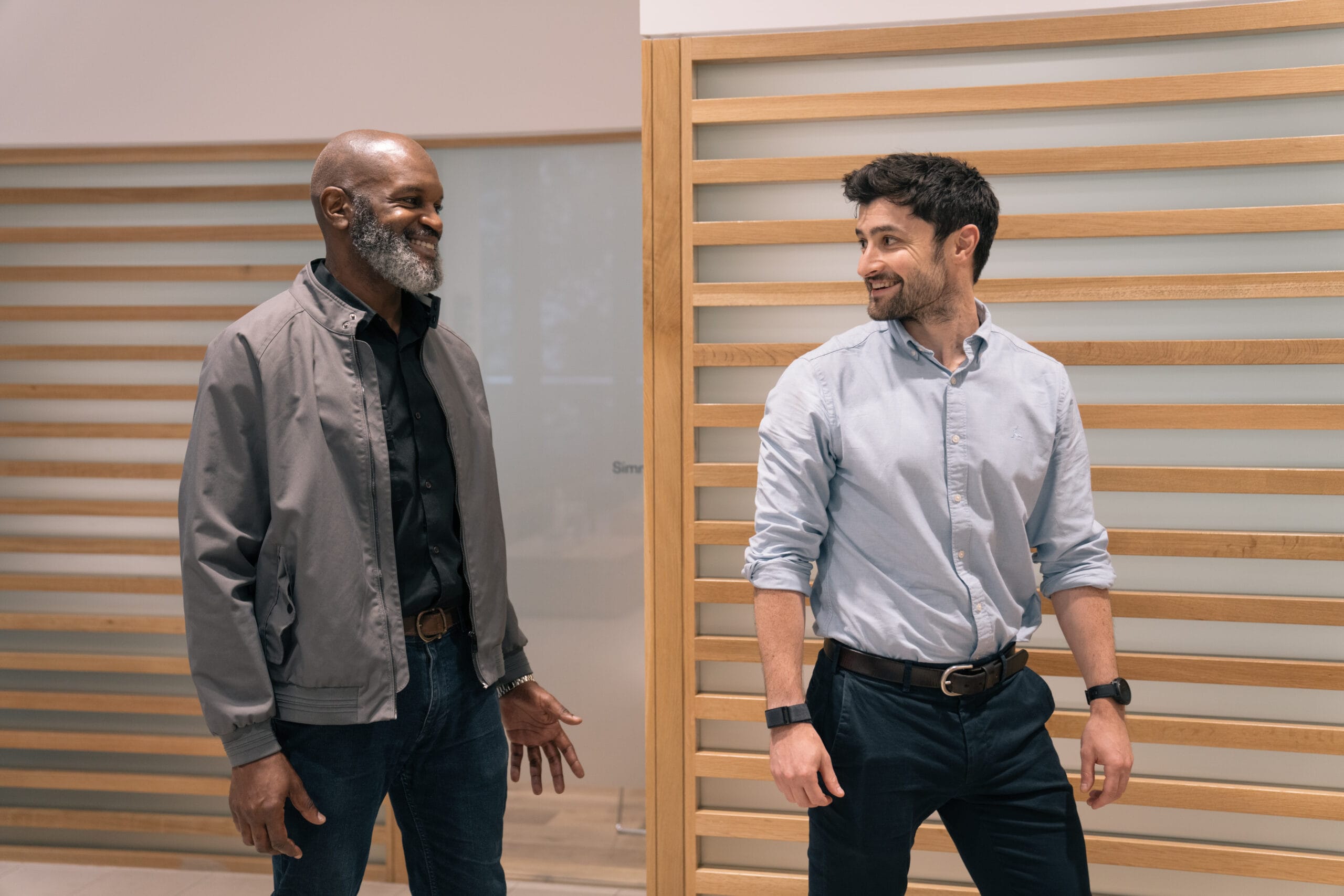Love Your Bones: Preventing Osteoporosis & Fractures

Pure Sports Medicine
- 21 September, 2018
- Podiatry
- 3 min read
Osteoporosis is a major worldwide health issue.

In this country, 1 in 3 women and 1 in 5 men over the age of 50 will suffer an osteoporotic break of a bone. These breaks can be life-threatening and a major cause of pain and disability, particularly as we get older.
So what can you do for your bones, and what other supports can you employ to have happy, healthy bones?
Be proactive
Strong bones and muscles can help to prevent breaks and help you remain mobile and active, therefore increasing your quality of life.
For women over the age of 45, osteoporosis accounts for more days in hospital than many other diseases such as breast cancer, diabetes and heart attacks. With major breaks such as a broken hip, there is a very high incidence of loss of physical independence and need for care input at home.
However, we can prevent osteoporosis and broken bones. A bone-healthy lifestyle can help to prevent breaks, and this can be started at any age. Taking regular exercise that loads your bones such as walking, dancing or tennis etc. helps to increase bone strength.
Muscle strength and good balance are vital in supporting your bones and ensuring you reduce the risk of falls. Falls account for the majority of broken bones, so if you can help to prevent falls, you can help to prevent breaks.
A bone-healthy diet is vital in ensuring you include plenty of calcium, protein and vitamin D alongside other bone-health nutrients. Also, avoiding excessive alcohol, caffeine and smoking (which can all damage bone health).
Tips for Healthy Bones
The International Osteoporosis Foundation Campaign gives these 5 steps to healthy bones and a fracture-free future:
- Exercise regularly
- Ensure a diet rich in bone-healthy nutrients
- Avoid negative lifestyle habits
- Find out whether you have risk factors
- Get tested and treated if needed
Risk factors
Making sure you know the risk factors for osteoporosis and fractures will reduce your likelihood of experiencing them as you’ll be able to spot the red flags once, and if, they appear.
Unmodifiable Risk Factors
There are some that you can’t change such as:
- gender
- age
- ethnicity
- family history
- certain medical disorders
- certain medications
Modifiable Risk Factors
However, there are a lot that you can change, and these are all aspects within your control that you can use to improve your bone health.
- smoking
- insufficient exercise
- excessive alcohol consumption
- low body mass index
- poor nutrition
- vitamin D deficiency
- frequent falls
How can Sports Medicine help?
Physiotherapists are able to discuss your risk factors with you, and assess your muscle strength, mobility and balance. We can look at your current exercise profile and use our assessment findings to put together an effective and safe exercise program to help maintain healthy bones.
The most important muscles are the anti-gravity muscles – the calf, gluts, spinal extensors and triceps in the upper limb. These help to keep your body upright, maintaining your posture and supporting your bones. Flexed spines in osteoporosis are more likely to get breaks and reduce your quality of life, so exercise to maintain posture and a straight spine is vital.
Physiotherapy can also help with symptom relief if you do break a bone and in returning you to full activity levels through rehabilitation.
Pilates is an excellent form of exercise for maintaining your posture and strengthening the supportive muscles around your spine and hips. Pilates includes a range of exercises to challenge your balance and get you weight bearing through your bones and our Pilates instructors are all clinically trained to safely treat patients with concerns regarding their bone health.
Both our Physiotherapist and Pilates Instructors can work closely with our Strength and Conditioning team to ensure that you have a manageable, appropriate, on-going exercise plan to keep you healthy and fracture-free.
Where needed, we will also refer you to other specialists if we feel you are at higher risk and need further investigations or medical input.
Lastly, the food we eat and how we fuel our bodies is an important part of taking care of our bones. Nutrition advice needs to be completely personalised as everyone is different and what you need to support your bone health from a nutrition perspective, might be very different from your friend or family member. In these instances we will employ the help of our expert Dieticians and Nutritionists who can help you get your bone-healthy diet correct.
Whatever your reasons for being curious about your bone health, you’ve come to the right place. Understanding the risk factors and signs to look out for is a great step in looking after your bone health.

Advice
Over the last 20+ years our experts have helped more than 100,000 patients, but we don’t stop there. We also like to share our knowledge and insight to help people lead healthier lives, and here you will find our extensive library of advice on a variety of topics to help you do the same.
OUR ADVICE HUBS See all Advice Hubs

